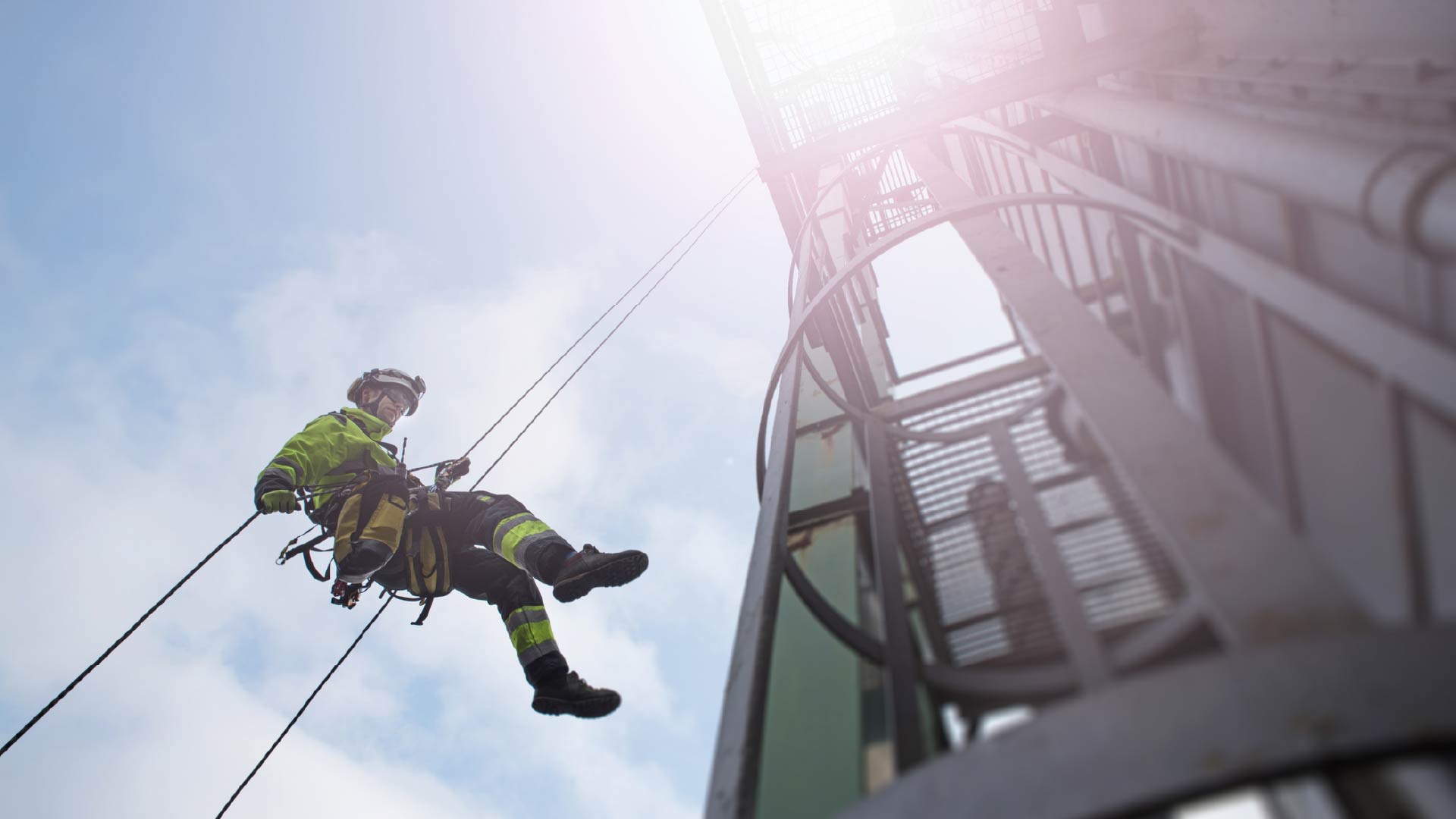Humans + Machines = The Power Duo Transforming Workplace Safety
Among the many shifts shaping EHS software in 2025, one trend towers above the rest: AI. So far this year, Verdantix has tracked 26 AI-related product launches, partnerships or investments – a notable increase from the 19 developments recorded across the entirety of 2024. The message is clear, AI adoption is still on a steep growth curve, and vendors are racing to keep pace.
Since AI first entered the EHS space in 2023, the focus has moved beyond pilots and prototypes towards tangible business impact. Once a tool for tracking what went wrong, EHS technology is now focused on learning, forecasting and preventing risks before they happen. Early industry adopters are showing practical proof points that demonstrate the value of AI. So, what can we learn from their success?
- Predictive models are powerful, but they only work when the data tell the right story.
As the focus shifts from reactive to proactive safety management, predictive analytics has become a defining capability within modern EHS platforms. Protex AI and SafetyCulture, for instance, have introduced predictive tools that help frontline teams anticipate potential risks and address them before they escalate. Another standout example comes from Unifi, a North American ground-handling provider that partnered with Microsoft to develop advanced prescriptive analytics models. These models analyse 30 dimensions and 508 data points to predict when and where major incidents are most likely to occur. However, Unifi’s CTO emphasized that success depended on integrating more than 25 data sources using Azure Data Lake Storage, Databricks and Delta Lake. Only after building a robust data foundation could the organization fully leverage ML and Power BI to extract intuitive, predictive insights.
While predictive analytics offers immense potential, effective implementation requires a mature EHS programme and high-quality, well-structured data. It is a strategic investment in data readiness and process maturity, one that requires strong top-down organizational commitment. - AI can point to the problem, but people still deliver the solution.
Firms are increasingly turning to AI to address persistent serious incident rates. For example, HEICO has leveraged Benchmark Gensuite’s PSI AI Advisor to evaluate whether logged incidents could have resulted in severe or fatal outcomes. The results are notable – a 16% reduction in OSHA recordable injuries and a 22% reduction in lost workdays. While Benchmark Gensuite’s tool is impactful, HEICO attributes much of this success to rapid programme development and strong leadership commitment, reinforcing the idea that technology adoption must be paired with organizational engagement to achieve meaningful results. - AI tools don’t replace a strong safety culture, they amplify it.
AI-powered ergonomic solutions are seeing considerable uptake and development from vendors. Johnson Matthey (JM) uses VelocityEHS’s AI-assisted motion capture technology to assess musculoskeletal disorder (MSD) risks. The firm has reported a marked increase in both the number of assessments conducted and overall user engagement. However, JM emphasizes that technology alone is not a silver bullet. These advancements have been supported by a broader, five-year organizational initiative to make ergonomics a central component of its risk reduction strategy. AI can amplify progress, but a strong safety culture remains the foundation upon which true improvement is built.
The path to success depends on more than technology. Structured data, leadership commitment and a robust safety culture are essential enablers that allow AI to deliver its full potential. As the EHS industry continues to evolve, one thing is certain – AI is not replacing the human element of safety, it’s augmenting it.
About The Author

Brittany Sayers
Senior Analyst


_og-main-image.jpg?Status=Master&sfvrsn=62f4eb33_1)

